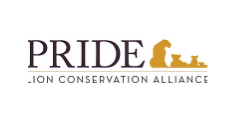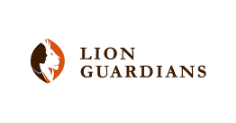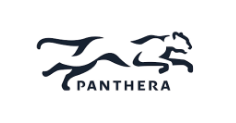Lion Landscapes believes in creating a world where large carnivores are an asset to the local people who live alongside them. When the value of wildlife, right up to these top predators, can be unlocked and realised, both people and nature will benefit. Lion Landscapes currently works in four landscapes in three countries – Laikipia in Kenya, the Ruaha-Rungwa and Selous-Nyerere landscapes in Tanzania and the Lower Luangwa Valley in Zambia, comprising almost 200,000 square kilometres in total.

CONSERVATION CONTEXT
Large carnivores rely on the landscape they share with people, where the human cost of living with wildlife frequently outweighs the benefits. This leads to tension, conflict, and often the killing of wildlife. Across Africa many local communities lack access to basic services and subsist on livelihoods that are dependent on the environment. Translating the global value of wildlife into tangible benefits for local people living alongside it will help ensure the long-term wellbeing of communities, wildlife, and their shared environment.
Lion Landscapes are a conservation organisation committed to developing community-based solutions to enable better coexistence between people and wildlife, particularly large carnivores. We integrate local knowledge and experience with world-class science to deliver effective, evidence-based conservation. Their approach is collaborative and locally driven which allows us to create lasting solutions for both people and wildlife, helping support large, diverse landscapes.
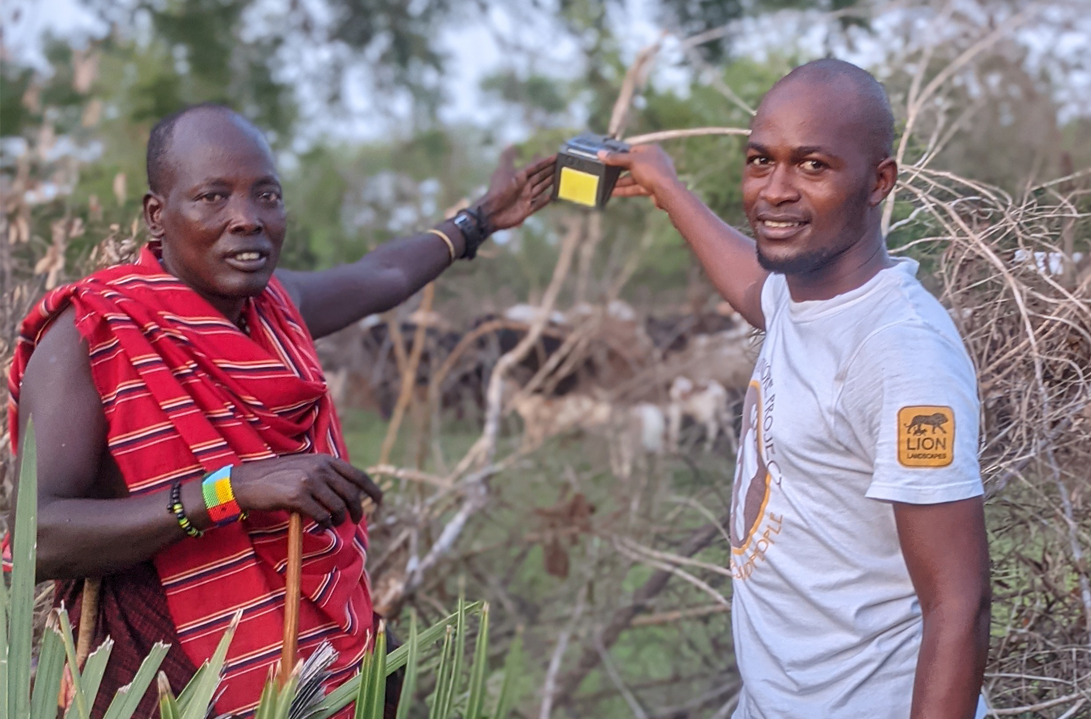
Installing lion lights to protect a livestock enclosure

Community meeting
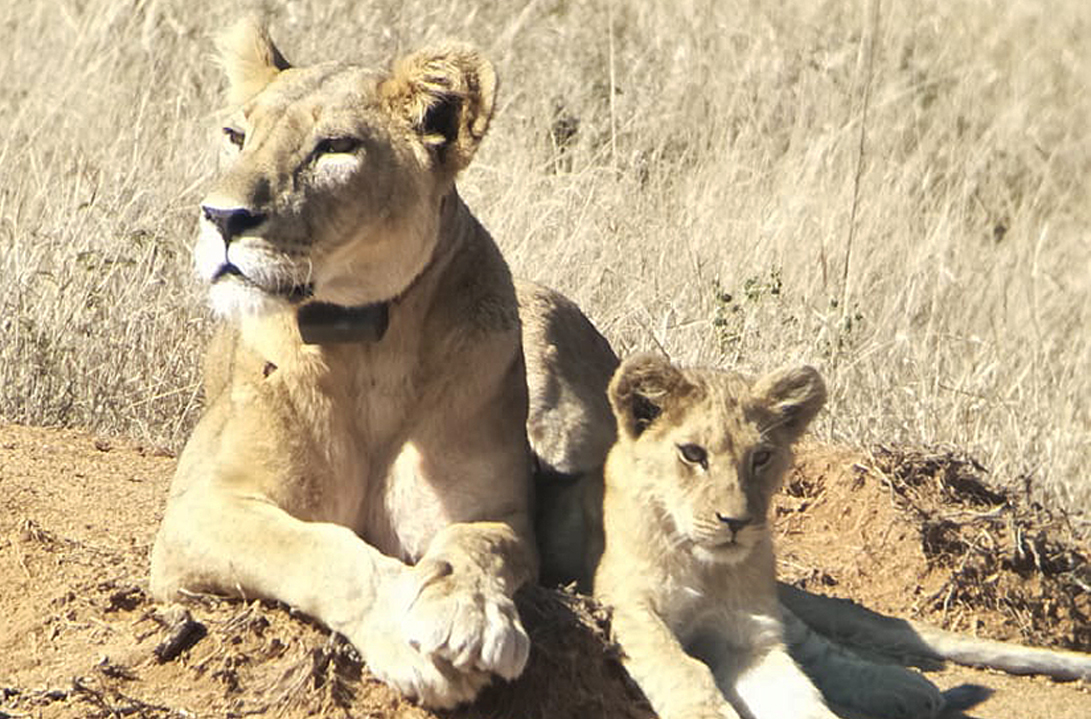
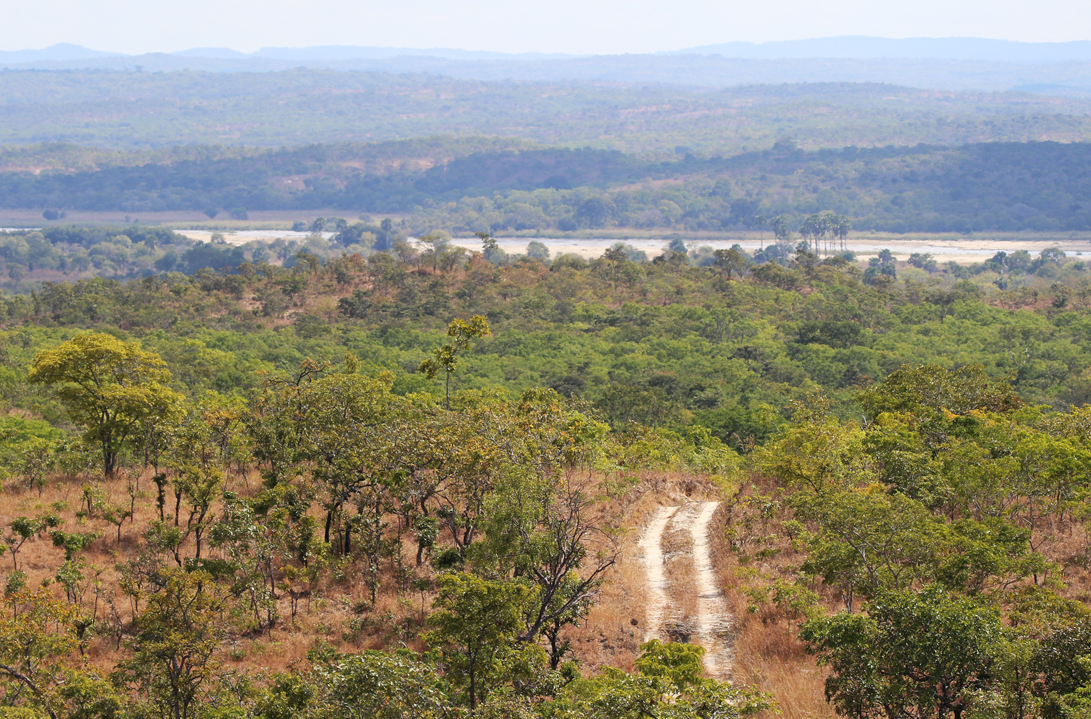
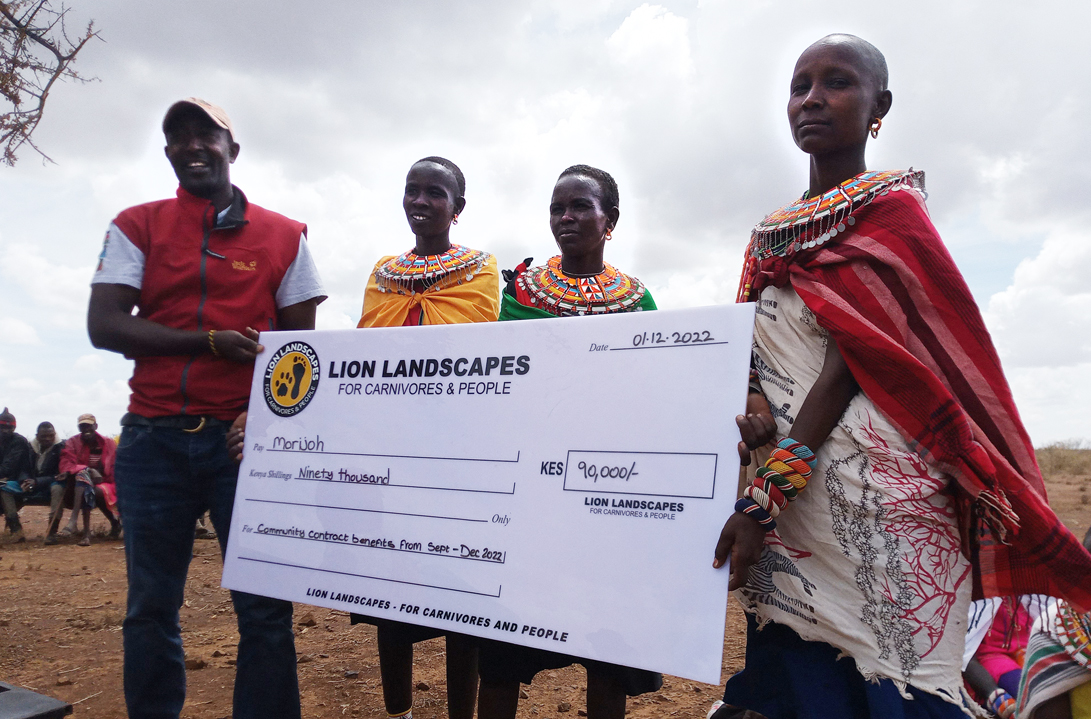
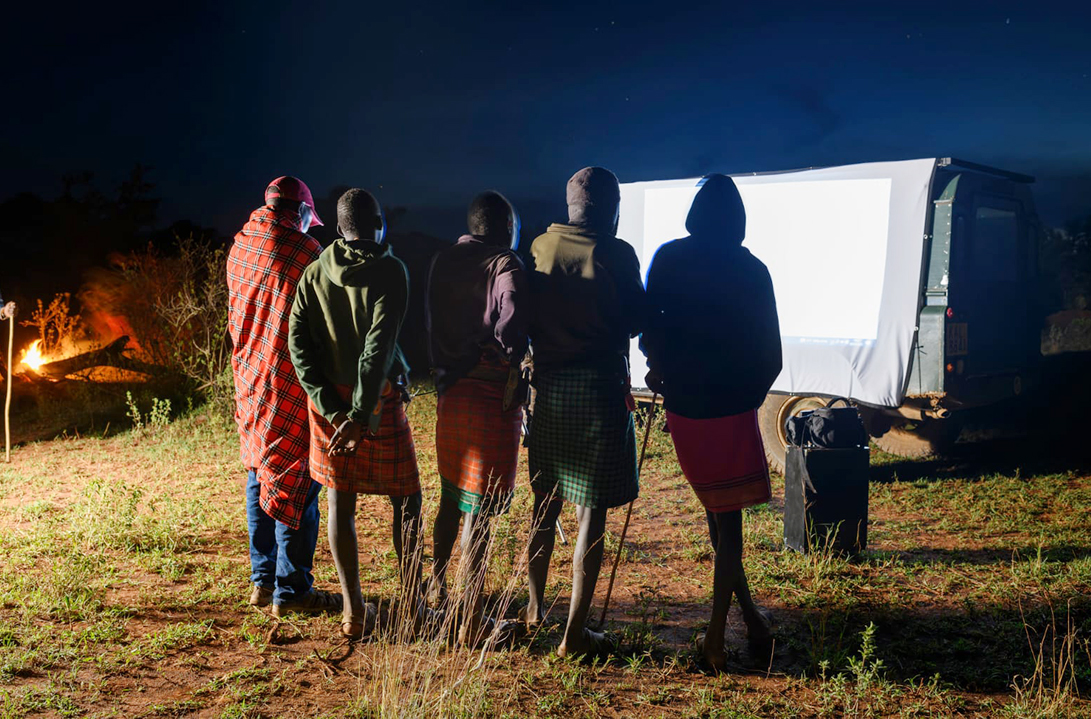
APPROACH
Livestock Protection
Fortified Livestock Enclosures
The majority of carnivore attacks on livestock occur in poorly constructed enclosures, and many families lack the resources or skills to improve them. Lion Landscapes works with pastoralists to identify high-risk enclosures and fortify them using triple twisted wire fences and predator deterrent lights. The fortified enclosures have proved very effective at reducing night-time predator attacks on enclosed stock. They reduce attacks, help secure livestock – which are vital economic and cultural assets – and reduce the chance of retaliatory or preventative carnivore killings
Lion Defenders
Culturally-driven lion killings are a significant challenge in some of the areas we work, rooted in tradition. Warriors who spear lions can earn up to 20 cattle, worth thousands of dollars, boosting their status in the community. For many, it’s one of the few ways to acquire cattle and social standing. To address this, we partnered with Panthera and Lion Guardians, adapting a successful Maasai warrior engagement model. Together, we created the Lion Defender programme, which employs local warriors to patrol village lands. Instead of hunting lions, they now provide valuable services like retrieving lost livestock, reducing predator attacks and retaliatory hunts. Lion Defenders also strengthen enclosures with thorn bush when wire enclosures aren’t affordable and monitor for lions, warning communities and chasing lions away when needed. This allows warriors to fulfil their traditional role of protecting their community while actively supporting lion conservation. Currently, Lion Defenders patrol over 400 km² of village land in the Ruaha Landscape, all hired from local communities, helping to protect both livestock and lions while preserving cultural practices.
Lion Extension Officers
Lion Extension Officers, or LEOs, are community members who are trained to provide an interface between current scientific best practices and indigenous knowledge on subjects impacting carnivore conservation e.g. predator-proof livestock husbandry and rangeland regeneration. LEOs live in their community and spend 100% of their time visiting community homesteads, attending community meetings, listening to the problems their community experience and sharing their training and cumulative knowledge to help protect local livelihoods and large carnivores. LEOs are also trained to collect detailed monitoring data, which feeds into Lion Landscapes’ central database and informs conservation programs and wildlife management.
Conflict Officers
Lion Landscapes’ Conflict Officers programme employs 16 local people across 12 villages in the Ruaha landscape to respond to any conflict incidents and work with households to prevent such instances happening. This provides an important source of wildlife-related income to those officers and their families, while also reducing the risks of wildlife presence for households they work with. They collect monthly data on livestock depredations and trends which helps to inform us of conflict hotspots and allows us to plan mitigation measures. All of the Conflict Officers are hired directly from the local communities and the areas they cover are within village land.
Lion Rangers
In January 2019, Lion Landscapes introduced the current Lion Ranger programme, in response to requests for help from local livestock owners to reduce livestock killed by lions and avoid lions being killed in retaliation. There are currently 10 Lion Ranger teams in the field monitoring and protecting lions and other large carnivores, preventing attacks on livestock and working to stop the use of poisonous pesticides in retaliatory killings. That means 10 different wildlife ranches and conservancies and their neighbouring pastoral communities, covering approximately 200,000 hectares, are now protected by Lion Rangers. More conservancies and ranches are asking to join this programme and the team is working to train all the rangers on each property, allowing the Lion Landscapes to help even more livestock owners coexist with lions.
Collaring for Coexistence
Long term research has shown us that conflict between lions and people can be effectively managed by collaring and monitoring lion movements, and giving livestock owners access to information on lion movements near village lands. Lions that have killed livestock, or that spend time in high risk areas, are fitted with a satellite GPS collar that regularly transmits the location of the lion to Lion Landscapes staff and project partners via a web based platform. Livestock owners are warned by Lion Extension Officers or Lion Rangers when lions are nearby so they can prevent attacks. Lion movement data allows people to be proactive and keep their livestock away from lions, or increase their protection of livestock when lions are near.
Community Coexistence Training
Lion Landscapes has been working with the Peregrine Fund in Kenya to develop and implement coexistence training, with a focus on empowering people to better protect their livestock and other assets from wildlife damage, and reducing the use of poison in conflict situations. This training provides communities with the knowledge they need to better protect their livestock from depredation and understand the human and livestock health risks associated with the misuse of poison to kill predators that threaten their livestock.
Livestock protection impact highlights
2023-24
HUMAN-WILDLIFE CONFLICT INCIDENTS responded to by Community Liaisons & 971 heads of livestock recovered
NEW WIRE LIVESTOCK ENCLOSURES deployed in the Ruaha landscape, protecting an additional 1,323 head of livestock
MOBILE EDUCATION UNIT demonstrated livestock husbandry best practices to over 2,155 people at markets and community meetings
Community Benefits
Community Camera Trapping +
Lion Landscapes worked closely with local communities to develop their ‘Community Camera Trapping +’ programme. Local people monitor wildlife on their land using camera traps and receive points for each wild animal photographed. More points are given for more threatened species, and for those which are likely to cause most conflict. Every three months, these points are translated into additional benefits for the community, focused on their identified priority areas, such as healthcare and education. Because these benefits demonstrably, directly and transparently come from the presence of wildlife, this programme provides a clear incentive for local people to maintain wildlife on their land. This programme has been very successful in helping community development and improving tolerance for wildlife on village land. It is now being adapted and scaled up internationally, and has been covered by international organisations and shortlisted for an award for conservation innovation.
Scholarships
One of the ways Lion Landscapes works with communities to create positive attitudes towards wildlife and conservation and link wildlife presence to direct community benefits is through their Scholarship programme. This programme was established in the Ruaha landscape in southern Tanzania in 2013 to support secondary and tertiary education for the highest-qualified pastoralist children, with the added focus of increasing girls education as well as opportunities for children from the underrepresented Barabaig tribe.
The programme offers comprehensive support for the scholars through the provision of tuition fees, accommodation, books, uniforms, shopping and transport to school during their four years of secondary education. Since the programme began, over 90 students have received scholarships as a direct benefit of conservation and have attained an education their families otherwise couldn’t have afforded. The impact of this programme on pastoralist women is especially important because most families consider marriage to be more important than attending school.
School Feeding
Students are performing better in their national examination at standard seven in three schools in rural Tanzania due to support in the form of meals. These primary school children, who come from communities that live alongside wildlife in the Ruaha landscape, often walk long distances to school and lunch is not automatically provided – placing an extra burden on family finances – so the children often go without meals for the entire day. Providing fortified porridge to 1,500+ primary school children across three primary schools daily is one of the incentives Lion Landscapes has created to unlock the value of living alongside wildlife in the Ruaha landscape. It delivers a clear community benefit and has important positive impacts in terms of not only reducing child hunger but also increasing school attendance (as families know their children would get at least one good meal a day) and improving student performance in their national examination.
Community benefits impact highlights
2023-24
VILLAGES RECEIVED BENEFITS from US$64,888 distributed by the Community Camera Trapping+ initiative
‘SIMBA SCHOLARSHIPS provided for secondary education & 6 Carnivore scholarships for tertiary education in the Ruaha landscape
LIONS COLLARED in Laikipia, Kenya and 4 in Tanzania’s Selous-Nyerere – helping reduce human-lion conflict
Sharing Knowledge
Poison Awareness Training
Lion Landscapes has embarked on a crucial collaboration with The Peregrine Fund and the North Carolina Zoo’s vulture programme, committed to fostering poison awareness and mitigating its detrimental effects on wildlife. This partnership has given rise to a specialised poison-awareness training programme, tailored to address the distinct challenges faced by the communities in the Selous-Nyerere landscape. Our collective efforts aim to empower communities with the knowledge and alternatives necessary to coexist harmoniously with the extraordinary wildlife that calls Selous-Nyerere home. By addressing the root causes of poison usage, Lion Landscapes strives to create a future where the delicate balance of Selous-Nyerere is preserved for generations to come.
Community Outreach
Lion Landscapes works in various ways to exchange knowledge and information with local communities. They show wildlife films in local villages, which always generate huge interest and are a great opportunity for open discussion. Unfortunately, many of these films are in English, which makes local communities feel excluded, so we encourage filmmakers to make local language versions of films wherever possible. To address the issue of local people feeling excluded, Lion Landscapes has written multiple storybooks, which put local people in their rightful place at the heart of the conservation story. These are in English and local languages and are a wonderful tool for community engagement.
Lion Friendly Livelihoods
Lion Friendly Livestock
Lion Friendly Livestock is a partnership between Lion Landscapes and Laikipia’s Conservancies to co-develop strong brand recognition for livestock products linked to standards that demonstrate healthy soils, healthy habitat, and the conservation of biodiversity all the way up to the largest apex carnivore – the African lion. Livestock producers that join the programme benefit from a strong and verifiable conservation story with which to sell their products, and extensive data to inform improved rangeland management. Programme activities also include working with pastoral groups, with a focus on women’s groups, and reputable savings and credit cooperatives to co-develop financial products that meet the needs of pastoral families and reduce their reliance on livestock as their main form of savings. This enables sustainable practices and improves financial security for pastoral families.
Biodiversity credits
The large-scale growth of nature-based solution markets (e.g. carbon and biodiversity credits) provides a major opportunity to generate significant revenue streams for conservation and communities. Lion Landscapes are working with partners at Oxford University’s WildCRU, Natural State and Trans Kalahari Predator Project, to develop innovative financing mechanisms tied to verified biodiversity conservation impact. Using lions as a flagship species, these mechanisms have the potential to tilt the balance and make nature conservation valuable for local and global communities.
Knowledge sharing impact highlights
2023-24
PEOPLE given financial literacy training
SCIENTIFIC PUBLICATIONS written and contributed to by Lion Landscapes
PEOPLE attended poison awareness training in Selous-Nyerere
PROGRAMME MEMBERS
The Lion Landscapes team comprises 78 people from 6 countries (see Lion Landscapes for more information about all the programme staff). WildCRU Director Amy Dickman is a co-founder and joint CEO of Lion Landscapes, Charlotte Searle is a senior researcher and David Macdonald is on the Board of Trustees.
Key Publications
Improving reintroduction success of the grey partridge using behavioural studies.
Improving reintroduction success of the grey partridge using behavioural studies.
Improving reintroduction success of the grey partridge using behavioural studies.
Optimal hunting conditions drive circalunar behavior of a diurnal carnivore.
Improving reintroduction success of the grey partridge using behavioural studies.
Improving reintroduction success of the grey partridge using behavioural studies.
Population density is a fundamental ecological feature influencing the opportunity for social encounters between individuals. Hence, density can impact various population processes such as social transmission. While the density dependence of disease spread has been studied extensively, we know little about how variation in density influences information transmission. If high densities lead to more social connections, information may spread more rapidly. Here, we experimentally manipulated local population density in great tits,
Parus major, and investigated the effects on individuals’ acquisition of information on novel food patches. We manipulated density by assigning individuals to either a high- or low-density treatment using automated bird feeders in the wild. We first show how our approach successfully led to changes in local population density. Next, we examine how the manipulation changed the local and individual social environment. At the local level, high-density locations resulted on average in denser and more clustered social networks compared to low-density locations. At the individual level, birds assigned to the high-density treatment had on average more social connections and more central network positions than birds in the low-density treatment.
However, despite the effect on network structure, we found no evidence that the density manipulation influenced an individuals’ likelihood, or speed, of locating novel food patches. Birds in the low-density treatment still spent a large proportion of time foraging at the high-density location. Thus, the manipulation did not lead to a strict segregation between birds of the different treatments, which may be one explanation for the absence of an effect on patch discovery.
Improving reintroduction success of the grey partridge using behavioural studies.
Population density is a fundamental ecological feature influencing the opportunity for social encounters between individuals. Hence, density can impact various population processes such as social transmission. While the density dependence of disease spread has been studied extensively, we know little about how variation in density influences information transmission. If high densities lead to more social connections, information may spread more rapidly. Here, we experimentally manipulated local population density in great tits,
Parus major, and investigated the effects on individuals’ acquisition of information on novel food patches. We manipulated density by assigning individuals to either a high- or low-density treatment using automated bird feeders in the wild. We first show how our approach successfully led to changes in local population density. Next, we examine how the manipulation changed the local and individual social environment. At the local level, high-density locations resulted on average in denser and more clustered social networks compared to low-density locations. At the individual level, birds assigned to the high-density treatment had on average more social connections and more central network positions than birds in the low-density treatment.
However, despite the effect on network structure, we found no evidence that the density manipulation influenced an individuals’ likelihood, or speed, of locating novel food patches. Birds in the low-density treatment still spent a large proportion of time foraging at the high-density location. Thus, the manipulation did not lead to a strict segregation between birds of the different treatments, which may be one explanation for the absence of an effect on patch discovery.
Optimal hunting conditions drive circalunar behavior of a diurnal carnivore.
Population density is a fundamental ecological feature influencing the opportunity for social encounters between individuals. Hence, density can impact various population processes such as social transmission. While the density dependence of disease spread has been studied extensively, we know little about how variation in density influences information transmission. If high densities lead to more social connections, information may spread more rapidly. Here, we experimentally manipulated local population density in great tits,
Parus major, and investigated the effects on individuals’ acquisition of information on novel food patches. We manipulated density by assigning individuals to either a high- or low-density treatment using automated bird feeders in the wild. We first show how our approach successfully led to changes in local population density. Next, we examine how the manipulation changed the local and individual social environment. At the local level, high-density locations resulted on average in denser and more clustered social networks compared to low-density locations. At the individual level, birds assigned to the high-density treatment had on average more social connections and more central network positions than birds in the low-density treatment.
However, despite the effect on network structure, we found no evidence that the density manipulation influenced an individuals’ likelihood, or speed, of locating novel food patches. Birds in the low-density treatment still spent a large proportion of time foraging at the high-density location. Thus, the manipulation did not lead to a strict segregation between birds of the different treatments, which may be one explanation for the absence of an effect on patch discovery.
Population density is a fundamental ecological feature influencing the opportunity for social encounters between individuals. Hence, density can impact various population processes such as social transmission. While the density dependence of disease spread has been studied extensively, we know little about how variation in density influences information transmission. If high densities lead to more social connections, information may spread more rapidly. Here, we experimentally manipulated local population density in great tits,
Parus major, and investigated the effects on individuals’ acquisition of information on novel food patches. We manipulated density by assigning individuals to either a high- or low-density treatment using automated bird feeders in the wild. We first show how our approach successfully led to changes in local population density. Next, we examine how the manipulation changed the local and individual social environment. At the local level, high-density locations resulted on average in denser and more clustered social networks compared to low-density locations. At the individual level, birds assigned to the high-density treatment had on average more social connections and more central network positions than birds in the low-density treatment.
However, despite the effect on network structure, we found no evidence that the density manipulation influenced an individuals’ likelihood, or speed, of locating novel food patches. Birds in the low-density treatment still spent a large proportion of time foraging at the high-density location. Thus, the manipulation did not lead to a strict segregation between birds of the different treatments, which may be one explanation for the absence of an effect on patch discovery.
Population density is a fundamental ecological feature influencing the opportunity for social encounters between individuals. Hence, density can impact various population processes such as social transmission. While the density dependence of disease spread has been studied extensively, we know little about how variation in density influences information transmission. If high densities lead to more social connections, information may spread more rapidly. Here, we experimentally manipulated local population density in great tits,
Parus major, and investigated the effects on individuals’ acquisition of information on novel food patches. We manipulated density by assigning individuals to either a high- or low-density treatment using automated bird feeders in the wild. We first show how our approach successfully led to changes in local population density. Next, we examine how the manipulation changed the local and individual social environment. At the local level, high-density locations resulted on average in denser and more clustered social networks compared to low-density locations. At the individual level, birds assigned to the high-density treatment had on average more social connections and more central network positions than birds in the low-density treatment.
However, despite the effect on network structure, we found no evidence that the density manipulation influenced an individuals’ likelihood, or speed, of locating novel food patches. Birds in the low-density treatment still spent a large proportion of time foraging at the high-density location. Thus, the manipulation did not lead to a strict segregation between birds of the different treatments, which may be one explanation for the absence of an effect on patch discovery.
